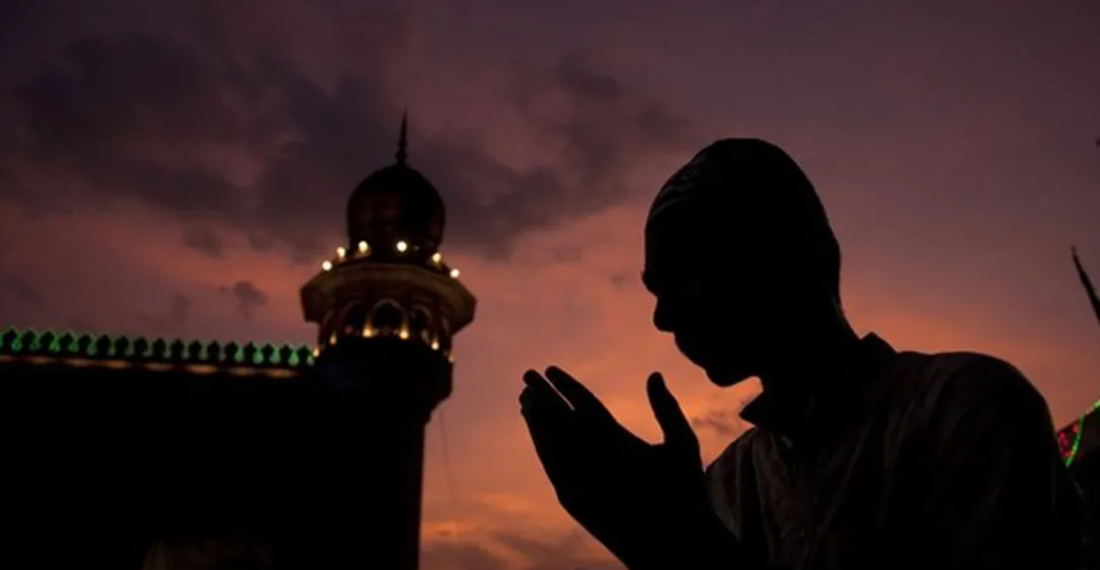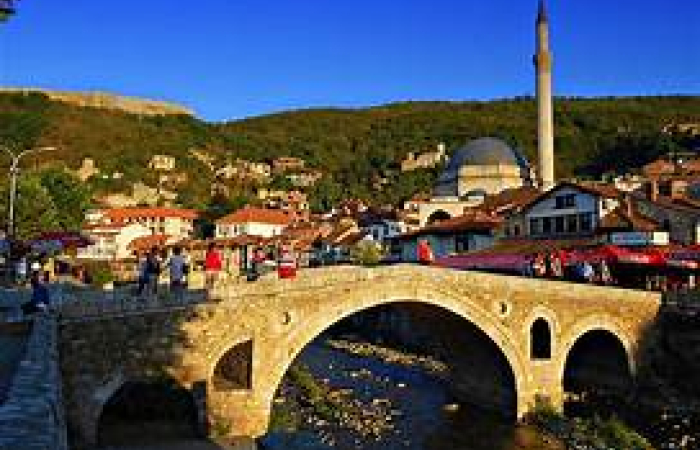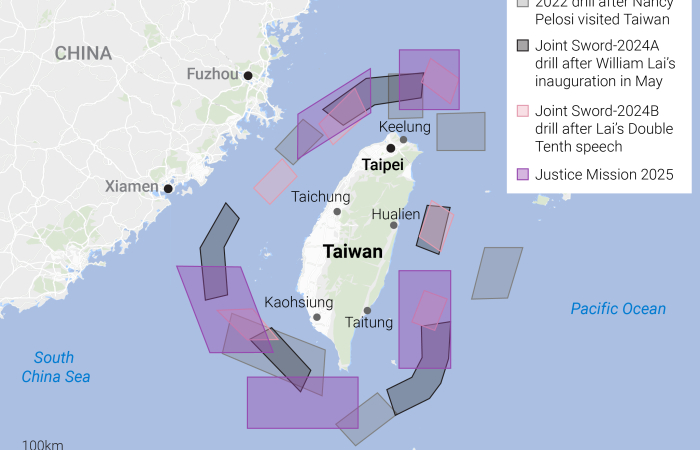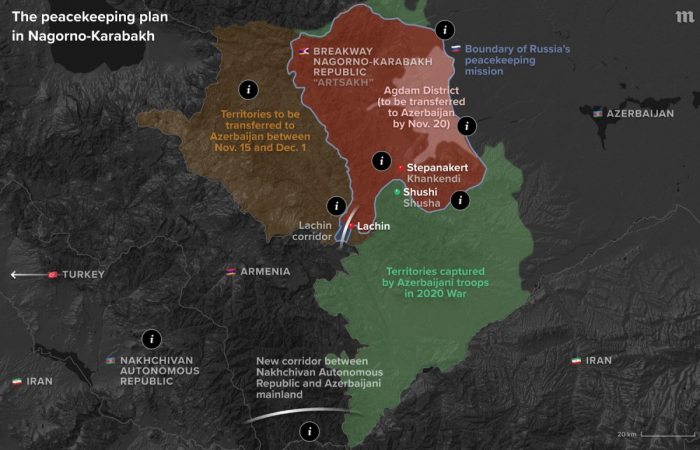This editorial first appeared in the 11 April 2023 issue of our newsletter Arabia Concise. If you would like to subscribe to Arabia Concise, or any of our other newsletters, please click here.
Although we are in the middle of the holy month of Ramadan, and peace is in the air across the whole of the Muslim Middle East, commonspace.eu writes in this editorial that "problems are being patched up, not resolved. Many of the causes or factors that triggered the conflicts in the first place remain as acute as ever. But for the moment the region is exhausted. Visionary leaders need time and space to implement their reforms; others such as the Iranian clerical regime, need time to regroup after being rattled by internal and external turmoil."
We are in the middle of the holy month of Ramadan, and peace is in the air across the whole of the Muslim Middle East. The consequences of the Chinese brokered Saudi-Iran agreement signed in Beijing on 10 March, continue to play out. The foreign ministers of the two countries met last week – also in Beijing; the process of restoring diplomatic relations have started; and in Sanaa as a result of patient Omani diplomacy that stretched over years, Saudi officials met the leadership of the Houthi rebels amid signs that all sides in the Yemen civil war were now hoping for a ceasefire and a possible longer term peace agreement. On other fronts Syria is being rehabilitated back into the Arab fold, and Turkey and Egypt are on track to normalise relations between them.
Of course, this trend has been ongoing for some time. The reconciliation between Qatar and other GCC states recalibrated the politics of the Gulf region, whilst on the bigger regional picture, Saudi and UAE reconciliation with Turkey was seen as an important regional game changer.
Many people are asking what has happened to cause such an outburst of goodwill and peace. You can, if you are pious, explain it as an expression of Islamic solidarity reaching its climax during the holy month, but for most this is not really a satisfactory explanation. More mundane factors are at play related not to heavenly matters but to situations closer to home.
Saudi Arabia, Iran, Yemen and Syria are all moving towards peace
Saudi Arabia is in the middle of its biggest transformation in history. Whilst the advent of oil revenues in the 20th century changed the face of the country in many ways, it hardly tempered with society. The reforms launched in 2016 by Crown Prince Mohammed bin Salman are, in many respects, much more deep-rooted and truly game changing. They cover all aspects of life – from social to economic to political. Of course this is not done without considerable risk. In this period of deep-rooted change and transformation Saudi Arabia needs a period of peace and stability so that it can focus on its internal transformation. It also needs less dependence on its traditional security provider, the United States. The Kingdom has therefore embarked on a mission to fix its relations with its neighbours.
Saudi-Iranian animosity is deep-rooted, and has been fed by sectarian rivalry for centuries. But the modern Saudi and Iranian states also have experience of co-existing, and whilst there is still no love lost, it appears we are now entering back to one such period, after decades of rivalry which often threatened to spill over into outright conflict. Both sides need this, which is why the deal in Beijing may actually work – for a while at least.
The consequences from the Saudi-Iranian deal are also being felt in nearby Yemen. Yemen is no stranger to war and turmoil. Those Yemenis who claim that all the ills of their country started when the Houthis entered Sanaa in 2016, or when the Saudis launched a coalition to displace them, are frankly being disingenuous. Many of Yemen’s problems are deep-rooted. The prospect of a peace deal between the Houthis and the Saudis, brokered by Oman, remains however a very attractive prospect.
Yemen needs a period of peace to heal its wounds, reorganise itself, and to start thinking of how to give a better future to its people. For the Saudis, an end to the costly war in Yemen can only be good news. The Saudi-Iran agreement makes this a realistic prospect. Iran is not going to halt its support for the Houthis any time soon, but it can certainly encourage them to exercise restraint.
In the last decade, nothing symbolised the divisions in the Arab world so dramatically as the conflict in Syria and the ostracisation of the Baathist government of Bashar al Assad. So the picture of Assad walking on the red carpet as he is greeted in Gulf capitals has left many gasping. Once again, it is happening because it serves all the sides now to cut their losses – no one can be said to have been a winner from the debacle in Syria – and turn the page.
Problems in the Muslim Middle East persist, here and there, for example in Libya, Sudan, Somalia and elsewhere, but no one can deny that this month of Ramadan has seen a surge towards resolving conflicts in the region and moves that broadly speaking can be described as moves towards peace.
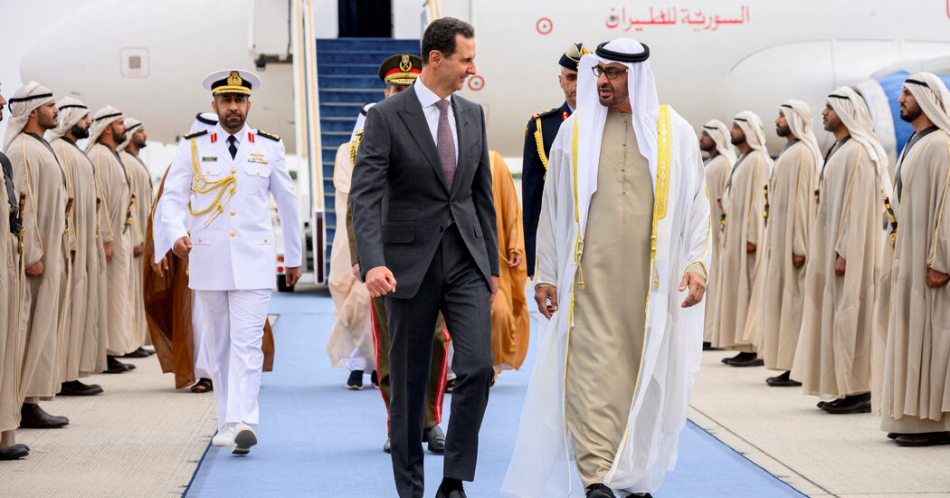
Problems are being patched up, not resolved
But will this outburst of goodwill last? The short answer is no. Problems are being patched up, not resolved. Many of the causes or factors that triggered the conflicts in the first place remain as acute as ever. But for the moment the region is exhausted. Visionary leaders need time and space to implement their reforms; others such as the Iranian clerical regime, need time to regroup after being rattled by internal and external turmoil.
There is then the issue of the wider picture. The Gulf region has for decades been the epicentre of geopolitical rivalry, which often overspilled into violence. It appears to be now losing this unenviable role.
Open warfare is ongoing on the European continent following the Russian invasion of Ukraine in February 2022. This is unlikely to end any time soon. And in the East, China has become much more assertive in the Indo-Pacific region, with the US and its allies now also upping their game. Many see a cold-war scenario in Asia as a very likely one, even whilst the prospect of open conflict cannot be dismissed either.
Many in the Gulf are scratching their heads as to how to deal with this deteriorating international context. Some see the risks. Others see opportunities. That the new situation has elements of both is what most agree on. In this situation, wisdom, caution and vision are required. It seems that everyone has come to the conclusion that patching up local problems in this volatile international context is a wise thing to do. They are right. It is wise and prudent. But others are pushing for a more ambitious outcome, where the region can somehow emerge from the current global turmoil strong and in glory. That may not be so easily achieved, and caution is necessary.
source: commonspace.eu editorial team
photo: Hamilton Spectator
The views expressed in opinion pieces and commentaries do not necessarily reflect the position of commonspace.eu or its partners



